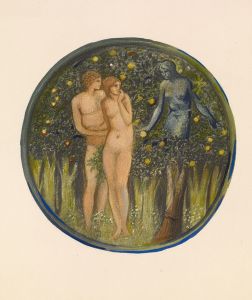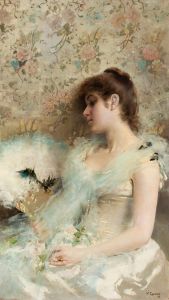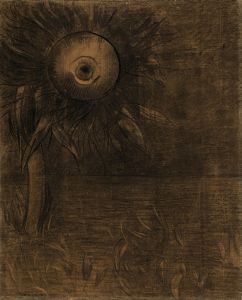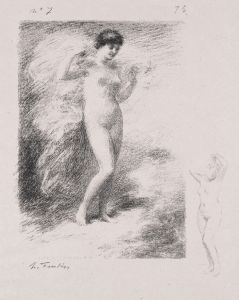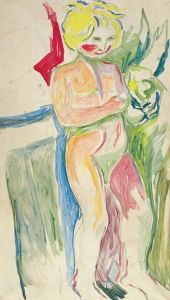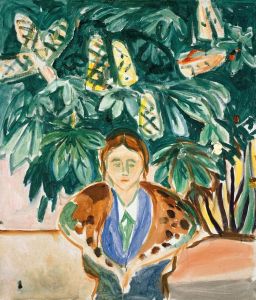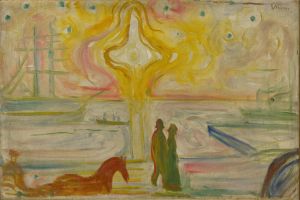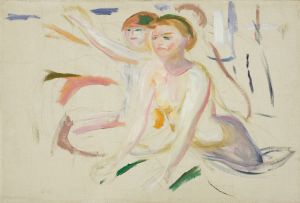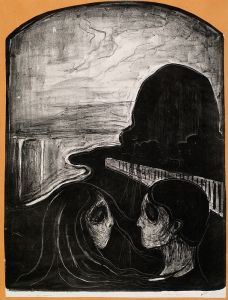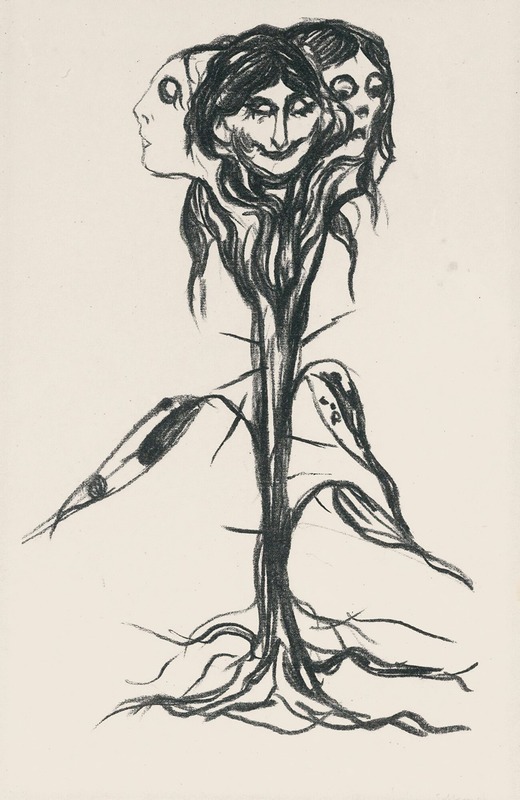
Vignette; Amaryllis
A hand-painted replica of Edvard Munch’s masterpiece Vignette; Amaryllis, meticulously crafted by professional artists to capture the true essence of the original. Each piece is created with museum-quality canvas and rare mineral pigments, carefully painted by experienced artists with delicate brushstrokes and rich, layered colors to perfectly recreate the texture of the original artwork. Unlike machine-printed reproductions, this hand-painted version brings the painting to life, infused with the artist’s emotions and skill in every stroke. Whether for personal collection or home decoration, it instantly elevates the artistic atmosphere of any space.
"Vignette; Amaryllis" is a painting by the renowned Norwegian artist Edvard Munch. Munch, born on December 12, 1863, and passing away on January 23, 1944, is best known for his evocative and emotional works that often explore themes of existential angst, love, and death. His most famous work, "The Scream," has become an iconic representation of modern existentialism.
"Vignette; Amaryllis" is one of Munch's lesser-known works, and there is limited information available about this specific painting. The title suggests that the painting features an amaryllis, a type of flowering plant known for its large, striking blooms. Amaryllis flowers are often associated with beauty, pride, and determination, which may provide some context for the thematic elements of the painting.
Munch's style evolved significantly over his career, influenced by various movements such as Symbolism and Expressionism. His works often feature bold colors, dramatic compositions, and a focus on conveying emotional intensity. While specific details about the creation date, medium, and dimensions of "Vignette; Amaryllis" are not readily available, it is reasonable to infer that the painting reflects Munch's characteristic approach to art.
Throughout his life, Munch experienced personal tragedies and health issues, which deeply influenced his artistic output. His mother died of tuberculosis when he was just five years old, and his favorite sister, Sophie, succumbed to the same disease when he was fourteen. These early losses left a profound impact on Munch, and themes of illness, death, and mourning recur in his work.
Munch's art was not always well-received during his lifetime. He faced criticism and controversy, particularly in his early career, but he persisted in developing his unique style. By the early 20th century, Munch had gained recognition and acclaim, particularly in Germany, where he became associated with the Berlin Secession, a group of artists who broke away from traditional academic art institutions.
Despite the challenges he faced, Munch's work has had a lasting impact on the art world. His exploration of psychological themes and his innovative use of color and form have influenced countless artists and continue to resonate with audiences today.
In summary, while specific details about "Vignette; Amaryllis" are scarce, it is a part of Edvard Munch's extensive body of work that reflects his emotional depth and artistic innovation. Munch's legacy as a pioneer of modern art remains significant, and his paintings continue to be studied and admired for their profound emotional resonance and distinctive style.





